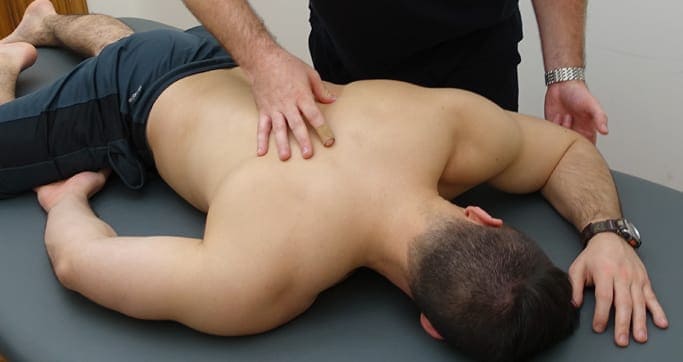For millions of people suffering from fibromyalgia, only a handful of available treatments is able to offer long-term relief. Recently, a medication used to treat opioid addiction, Naltrexone, is showing some promise for relieving muscle and joint pain in fibromyalgia patients.
Naltrexone is classified as an opioid antagonist — that is to say that it binds to opioid receptors throughout the human body, occupying them so that opioids are unable to bind.
Unlike opioids, Naltrexone does not induce an endorphin release at the receptor sites, and therefore does not produce a psychoactive effect. When ingested prior to taking opioid drugs or drinking alcohol, Naltrexone prevents the brain from producing endorphins, depriving the user of the desired euphoric high.
Opioids are among the many treatments prescribed for fibromyalgia pain. Yet fear of addiction makes opioid drugs a last-resort option for many fibromyalgia sufferers. As an opioid blocker, one might think that Naltrexone would have an opposite effect to opioid medications. Yet when administered in low doses (1-5 mg as opposed to 50 mg commonly used for addiction), Naltrexone appears to reduce muscle and joint pain in fibromyalgia patients.
The mechanisms by which low dose Naltrexone (LDN) works to reduce fibromyalgia pain are somewhat of a mystery, although two theories prevail.
One theory proposes that since fibromyalgia produces chronic pain, endorphin production must be unusually low in fibromyalgia patients. When LDN is introduced, endorphin receptors become blocked, and the brain responds by producing more endorphins, thereby easing fibromyalgia symptoms.
The second theory is that LDN interacts with glial cells in the spinal cord and brain. When the brain sends chronic pain signals, the glial cells respond by releasing inflammatory chemicals that surround nerve endings, heightening their sensitivity to pain. LDN binds to receptors on the glial cells, interfering with the release of inflammatory chemicals, thereby reducing pain.
When taken in larger doses as an opioid blocker, Naltrexone has pronounced side effects that include jaundice, unusual bleeding, reduced appetite and fatigue. But when taken in low doses, side effects are almost undetectable, with the worst reported being vivid dreams and difficulty falling asleep. The low cost of LDN and its effectiveness in reducing pain make it an attractive treatment option for fibromyalgia symptoms.
When it comes to treating fibromyalgia symptoms, the pain management experts at NYDNR pull out all the stops. In addition to pharmacological intervention, we use innovative therapies to target fibromyalgia pain.
Treatment methods may include:
At NYDNR, our goal is to reduce your fibromyalgia symptoms so you can move and live, pain-free.























































